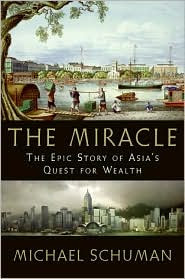Can you teach an old dog new tricks?

I have been admonished by some of my readers that my blog posts are too long. Nobody, I am told, has the time to read long perorations. I need to make my posts shorter and snappier. It started with my friend Indrani who works for the British Council in Calcutta telling me and I quote “ your blog posts are now becoming more like book chapters”. Subsequently Yachana Prakash ,who was my student at SMIMS Gangtok, now doing her post graduation in Ophthalmology in Coimbatore told me: “umm...yes i do feel your posts are long sometimes, I haven’t been able to read some fully because of the length.you do write well and i never felt like telling you the same because you pack in a lot of info in all those paragraphs and it is of a lot of value to a sincere reader but yes, take this opportunity and try to make it more reader friendly. You know we are all lesser mortals here and we want to hear god in our own language!!!” Subsequently Nipon who studies in the final year at the North Bengal Medical...



